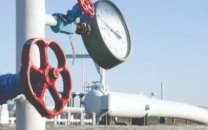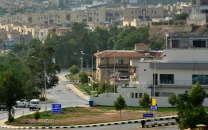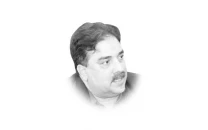A deadly smog
The responsible authorities need to be thinking ahead if a public health crisis is to be averted in the new year

South Punjab in grip of severe smog
There are multiple contributory factors in the current event. Smoke and ash from the burning of crop stubble in Indian Punjab and to a lesser extent in Pakistan, as well as emissions from coal-fired power stations like Sahiwal are factored in. Indian coal-fired power stations also contribute; and there appears to be a general agreement that there is going to be little improvement unless there is rain or a strong westerly wind and the likelihood of either in the next week is said to be slim. This is not a problem that can be ignored and neither is it going to go away easily. There are grave health implications for those already suffering from or susceptible to respiratory ailments, and the effects on the wider population that are not sufferers are entirely negative. On Friday, 17 power stations tripped owing to unprecedented dense smog in different parts of the country and caused a 12-hour-long power outage. In Lahore officials are saying that control over local pollution contributions has thinned the lower layer of the smog but the upper layer remains thick. Over 11,000 smoke-emitting vehicles have been ‘challaned’ in Lahore in recent days with another 1,147 impounded.
When smog strikes
Strong representation needs to be made to the Indian government in respect of enforcing the controls on the burning of crop residues, and the rigorous local enforcement of anti-pollution legislation needs to be a year-round effort rather than seasonal. The conditions exist for the seasonal fogs of January and February to be converted to smogs unless emissions are controlled. The responsible authorities need to be thinking ahead if a public health crisis is to be averted in the new year.
Published in The Express Tribune, November 5th, 2017.
Like Opinion & Editorial on Facebook, follow @ETOpEd on Twitter to receive all updates on all our daily pieces.














COMMENTS
Comments are moderated and generally will be posted if they are on-topic and not abusive.
For more information, please see our Comments FAQ